Can jokes amount to harassment if no one told the jokester to stop?
“How was I to know they were offended by my jokes? They never told me they were uncomfortable.”
Jokes between colleagues can be an important contributor to positive workplace culture. Unfortunately, some employees are subjected to jokes and teasing that is offensive or demeaning.




